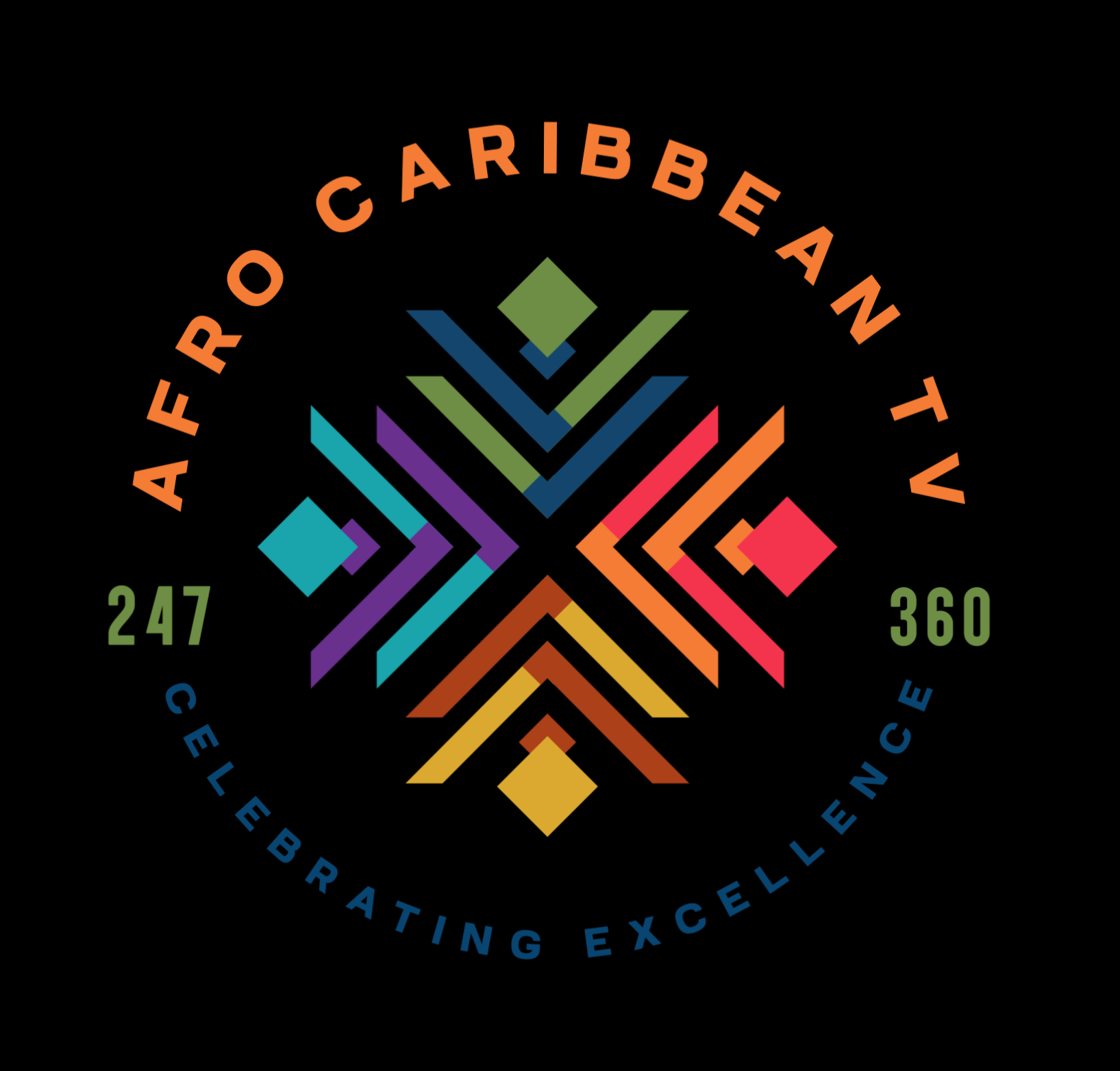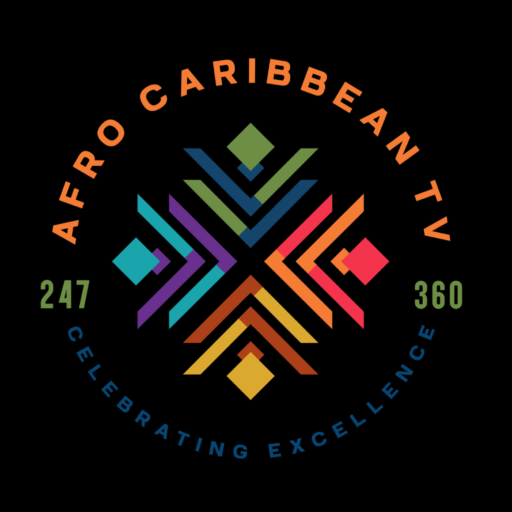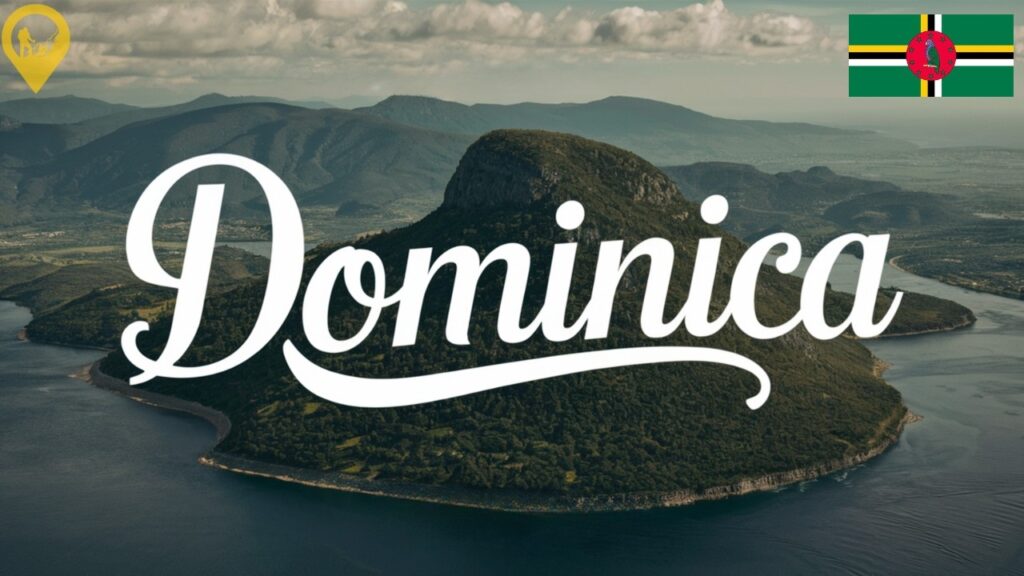Here’s a concise overview of the history of Dominica:
Early History
- Indigenous Peoples: Dominica was originally inhabited by the Ortoiroid people (around 3100 BC), followed by the Arawaks, and later the Kalinago (Caribs), who called the island Waitukubuli (“Tall is her body”).
European Contact and Colonization
- 1493: Christopher Columbus sighted the island on November 3, naming it Dominica (Latin for Sunday).
- The island was difficult for Europeans to colonize due to its mountainous terrain and resistance from the Kalinago.
- 1635–1748: France intermittently claimed Dominica but faced ongoing conflict with the British and the Kalinago.
British Control
- 1763: Dominica was formally ceded to Britain under the Treaty of Paris, ending the Seven Years’ War.
- 1778–1783: The French briefly recaptured the island, but it was returned to Britain in the Treaty of Paris (1783).
- Dominica became a British colony, with sugar plantations run by enslaved Africans.
Abolition and Post-Slavery Era
- 1834: Slavery was abolished in Dominica. It was the first British Caribbean colony to have a Black-controlled legislature (1838), though Britain later suppressed this.
- Economic hardship and emigration followed the decline of sugar and colonial instability.
Path to Independence
- 1958–1962: Dominica was part of the short-lived West Indies Federation.
- 1967: Gained associated statehood with full internal self-government.
- November 3, 1978: Dominica became an independent republic within the Commonwealth, with Patrick John as its first Prime Minister.
Modern Political Developments
- 1979: A major hurricane (David) devastated the island; Patrick John was overthrown the same year.
- 1980s–Present: Democratic rule continued, though the island faced challenges like political unrest, natural disasters (notably Hurricane Maria in 2017), and economic rebuilding.


